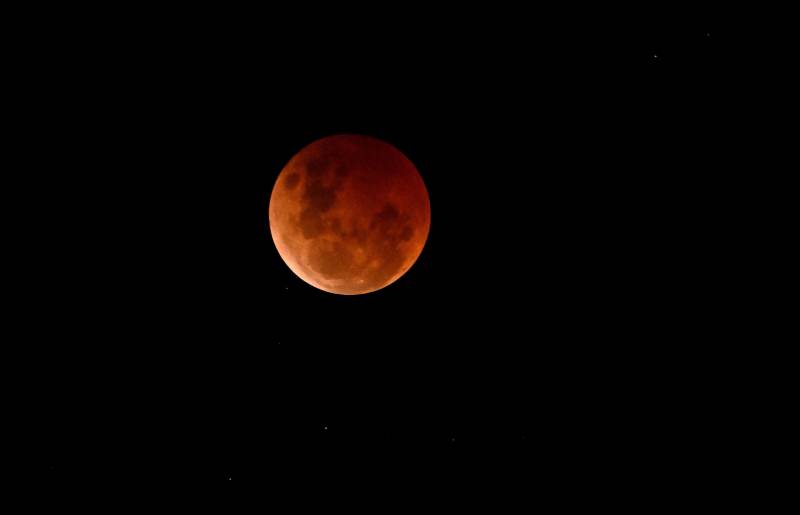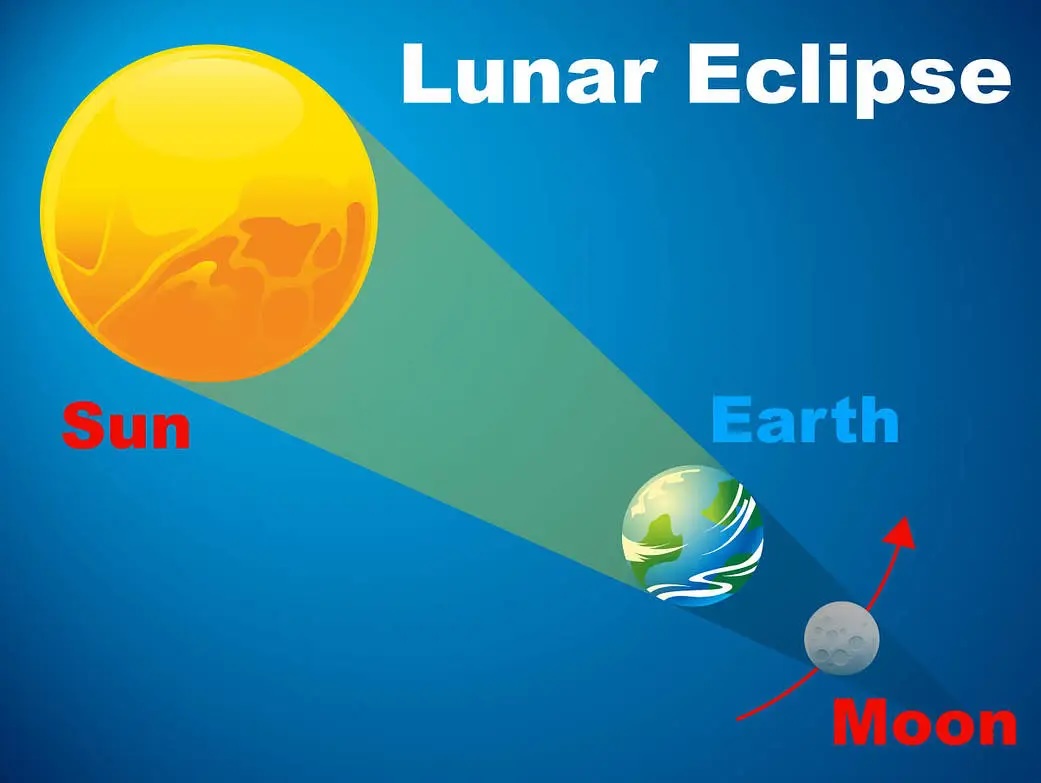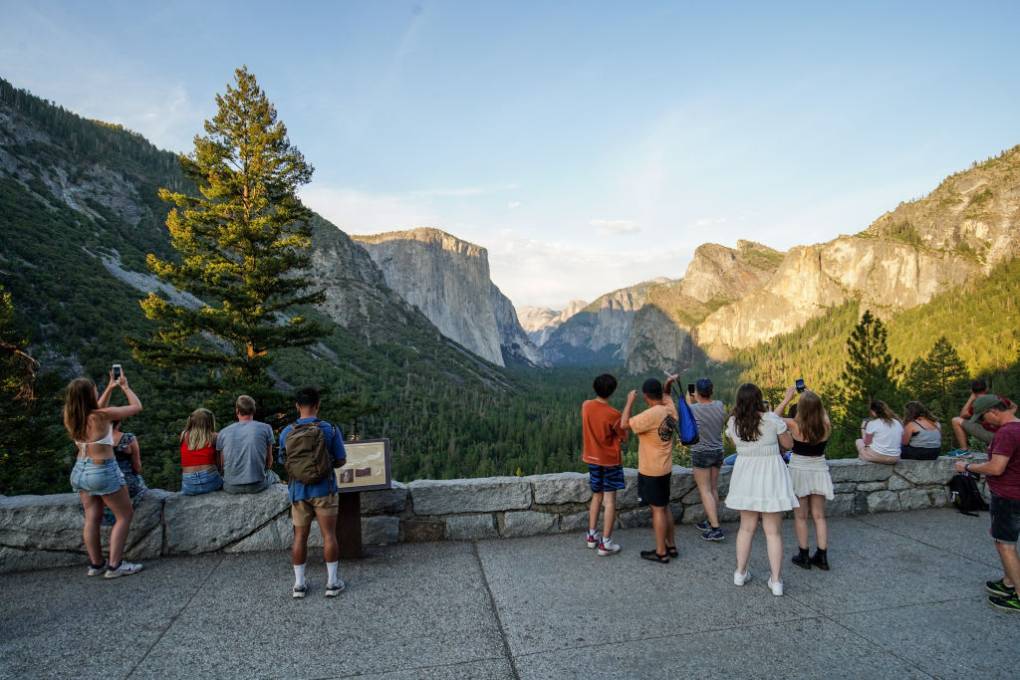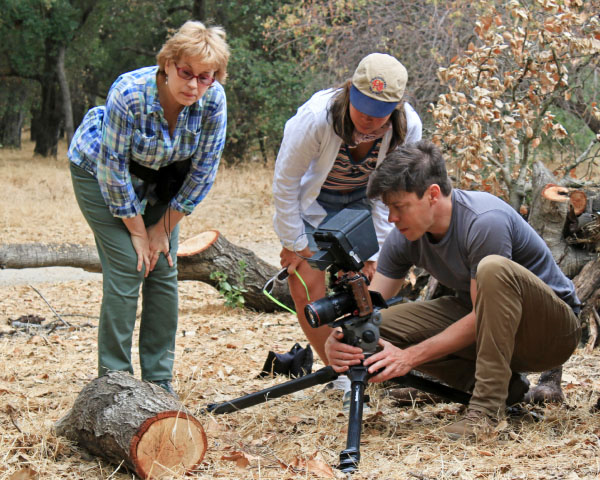“As the moon moves slowly through the Earth’s shadow, we first see only part of the moon darkening,” Fraknoi said of the partial eclipse. “But then, as the Moon moves fully into the Earth’s shadow, we see its entire disk of the Moon become dark and reddish.”
During totality, the moon glows red because of Rayleigh scattering, the same phenomenon that makes sunsets appear orange and red. As sunlight passes through Earth’s atmosphere, it filters out blue light and bends red light toward the moon, giving it that signature “blood” color.
The exact shade of red depends on atmospheric conditions like dust, pollution and volcanic activity elsewhere, which can intensify the red hue, Fraknoi said.
Astronomers have used calculations to predict lunar eclipses for centuries. “It’s a really nice indication that even if things are in turmoil on Earth, the heavens are doing their thing in a routine way,” Fraknoi said.
“It shows the clockwork motion of the heavens.”



